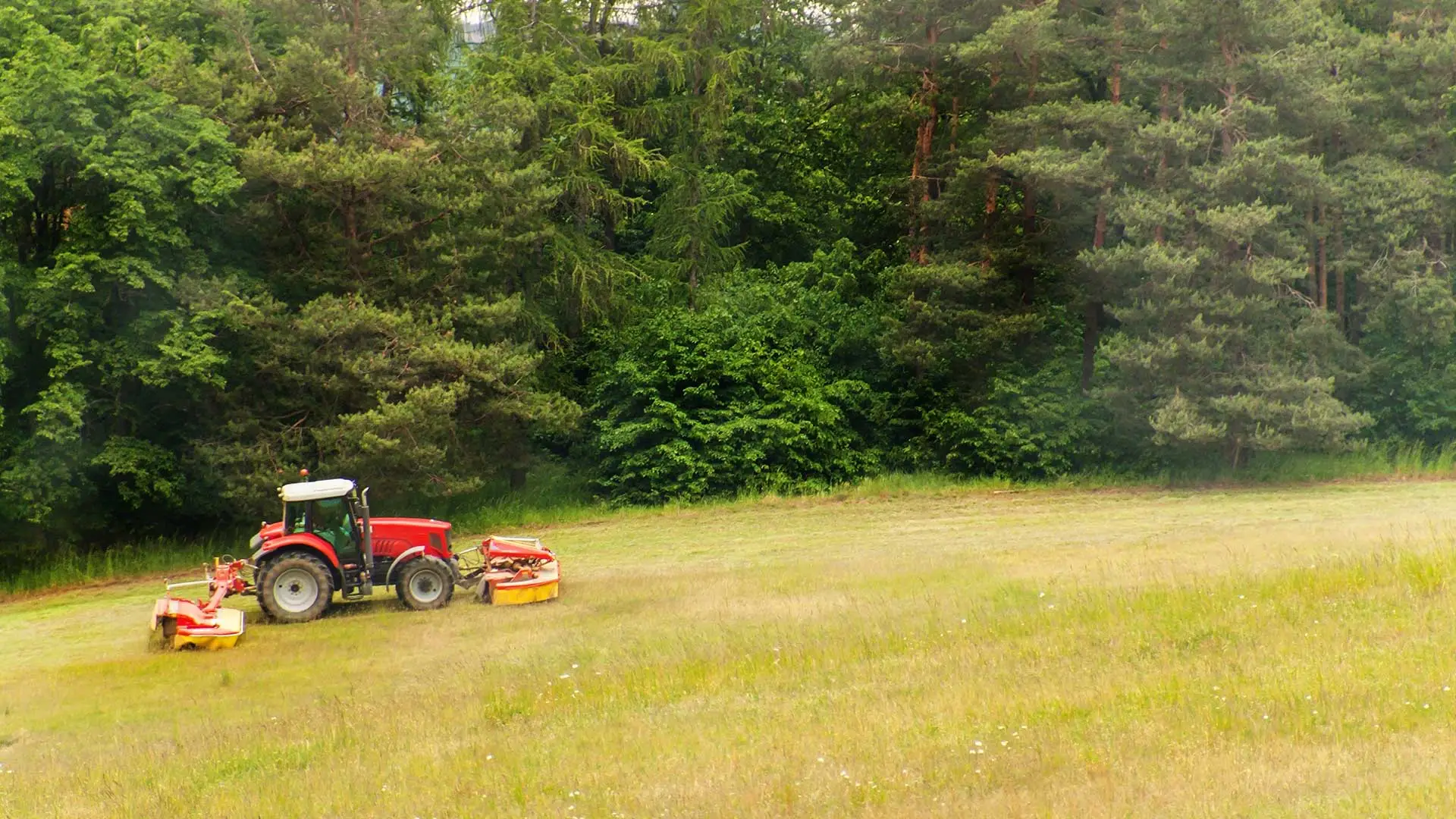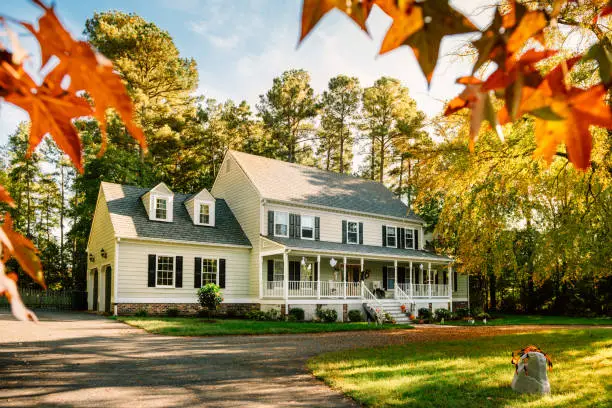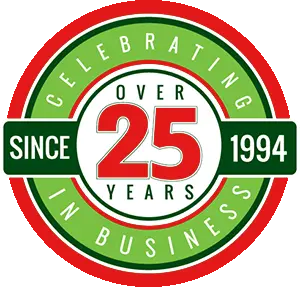Fall is the best time to aerate and overseed a lawn. The cool nights and mild, shorter days provide the ideal conditions for seed germination. Seed also stands a better chance of retaining moisture in these conditions, plus seedlings will thrive without the extreme heat that occurs in the summer months. When seeding your lawn, the two most important things to remember are to make sure and establish a seed-to-soil contact and to water the new seedlings regularly.
Establish Seed-to-Soil Contact
Establishing seed-to-soil contact is the first step toward achieving seed germination. While simply throwing grass seed out on top of the ground may work, it is vital to work up the area being seeded first. A simple hard rake can be used to scuff up the area and break the ground. Once this is performed, spread the new grass seed on top and rake it in again. Another option is a tiller. This machine makes it easier to break the ground if you are doing it yourself. Lastly, there is core aeration. Core aeration is one of the best ways to break the ground before seeding. Typically done in the Fall, this option allows for plugs to be pulled out of the ground making holes for new seedlings to fall into. This establishes true seed-to-soil contact.
Water Seedlings Regularly

The most vital thing to remember after seeding is to water thoroughly. By keeping the seedlings moist, you will ensure seed germination in approximately 14 days. We recommend watering lightly, every day, for 2 weeks. You can then wean the new seedlings off of this schedule by watering every other day and even longer stretches in between watering’s after 1 month. Remember, a lawn needs 1” of water per week for established lawns.
Lawn Care Myths
Myth: The best time to replace the lawn is in the spring, as plants get ready to bloom.
Reality: Sowing seed in the spring sets one up for potential problems, as heat sets in during the summer months and weeds compete for space. The best time to sow seed is in the fall when the temperatures are more consistent and highly competitive weeds, like crabgrass, have gone dormant.
Myth: The best time to fertilize your lawn is in early spring.
Reality: Different varieties of grass like nutrients at different times of the year. You need to use the right fertilizer source, at the right rate, at the right time, and in the right place. Cool-season grasses, like Kentucky bluegrass, are usually given nutrients in fall and early spring when it is cooler. Warm-season grasses, like Bermuda grass, usually like nutrients in late spring and early fall when it is warmer.
Myth: The products lawn care companies use are dangerous and more powerful than what a homeowner can use.
Reality: Most of the products professionals use can be purchased at the garden center, but the difference is that professionals are regulated and, by law, have to use the proper amounts, apply them correctly and dispose of them properly.
Importance of Leaf Clean-up

In addition to aeration and overseeding in the Fall, homeowners should also consider removing debris and leaves from their yards. As the air cools and summer fades, piles of colored leaves will start to fall from trees. Simply raking on a regular basis or mowing with a vacuum bag style tractor system can help with removal. A lack of leaves allows your lawn to capture more sunlight as the deciduous trees lose their green canopy. Increased sunlight can really help shaded and weak areas capture additional energy to help prepare for the winter. In some cases, this vital time period could be a month or more of growing before slowing to the point of near dormancy with the onset of freezing weather. Any leaves left on the lawn can cause a mulching action by inhibiting sunlight from reaching the leaf blades below.
Don’t allow piles of leaves to sit for weeks on end, or the grass underneath will suffer the consequences possibly even leading to damage. Keep your lawn clean in the fall to improve the chances of winter survival and minimize damage. Turf that is left covered with leaves or lots of pine needles face a lack of air, light, and often succumb to ice damage in a weakened state.
Autumn is also a great time to harden your lawn off for winter. The standard mowing height during the growing season is a three and a half. Consider lowering the mowing height starting in October by dropping the mowing deck a half-inch a week with the final cut in mid to late November. The slow drop in mowing height helps harden your lawn off and slows growth in addition to falling temperatures.
Plan ahead now and rest easy this winter knowing you did all you could to help your lawn make it into a new year!
Consider a Fall Yard Clean-Up
Linnemann Lawn Care & Landscaping's Fall yard cleanup services include hauling away yard debris and leaf removal.
When leaves begin to change color and fall off the trees, it means it's time to set up your fall yard cleanup. We will haul off any accumulated yard debris that may have fallen during the spring or summer and then our leaf removal crews will clear your lawn and landscape of fallen leaves. For leaf removal, we offer three options:
- Mulch your leaves so they will decompose faster
- Blow leaves to the curb for the city to pick them up
- Pick them up and haul the leaves away?
It's vital to the health of your lawn to make sure fallen leaves are cleared off as much as possible before the snow starts to fall, so contact us today to get on the schedule for a fall yard clean-up. Contact Linnemann Lawn Care & Landscaping today for a yard clean-up!





Comments (0)
Thanks for your comment!
Thanks for your feedback! Your comments have been successfully submitted! Please note, all comments require admin approval prior to display.
Error submitting comment!
There is a problem with your comment, please see below and try again.